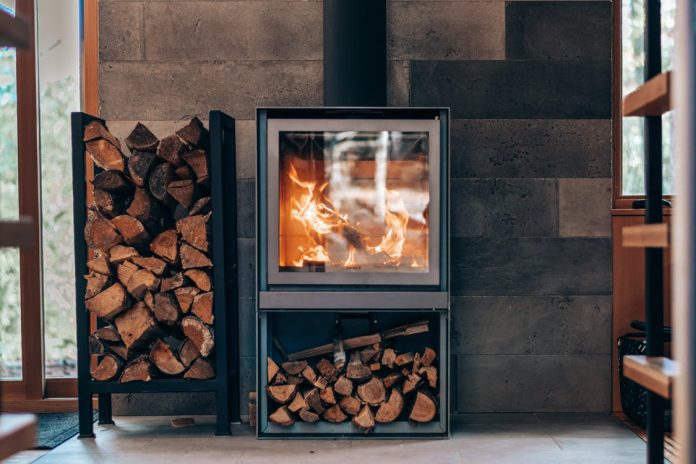
Heavy snow, ice storms, blizzards, even a blustery breeze can knock out power in a matter of seconds. While we never know when this will happen, it always seems to occur at the most inopportune of times. It’s best to be prepared. Keeping yourself warm is a priority when the power goes out during the winter months.
Have a Backup Heat Source
We often take walking into a 70-degree room for granted when it’s below zero outside. A traditional electric or gas forced-air furnace will likely not work during a power outage. Now is the time to invest in a backup heat source.
Try these simple options:
- Portable gas and solar-powered generators provide reliable power for a few hours. Follow safety instructions carefully and ventilate properly, even when using a device outdoors.
- Home standby generators are one of the best options during a power outage. They can provide several hours of power to the entire home, including the furnace.
- Kerosene heaters provide instant low-burning heat, and they’re safe to use with proper ventilation.
- Propane heaters offer instant heat and work for several hours at a time.
Battery-powered heaters are another option. They won’t let off much heat but can at least warm your hands if all other power options fail.
Blast Your Furnace Prior to the Storm
If you know that a storm is on the way, along with plummeting temps and damaging winds or ice, warm your space now. Bump up the thermostat a few degrees to get the air moving and raise the overall temperature. The goal is to create a thermal mass in your space that will last as long as possible should the power go out.
Block Out Drafty Areas
Weatherproofing is incredibly important; it’s the best way to block drafts and maintain indoor temperatures. Problems with cracks, broken ducts, and even weather stripping around windows and doors can lurk under the surface unnoticed until they grow to the point where you can no longer ignore them.
Eliminate heat loss by:
- Installing thick, thermal-lined curtains
- Using blankets to cover drafty windows
- Sealing up pet doors
- Filling gaps and cracks with spray foam insulation and caulk
- Inserting a door sweep under the door (a folded-up blanket will work fine)
- Applying weatherstripping to window and door jambs
- Applying a heavy plastic weather guard to doors or windows
Consider staying in one room to conserve warmth. If possible, close off the other rooms; it’s easier to heat one smaller area than an entire home.
Tent Method
One way to retain heat when the power goes out is to set up camp — but not outdoors. Set up a four-season tent in your living room or a bedroom. Most are made from insulating materials that provide an extra layer of protection against the cold. Plus, body heat within the tent makes the air inside feel up to 10 degrees warmer.
Bring in your camping gear, such as pillows, blankets, and jackets, too. They can help keep you comfortable while you’re waiting for the heat to come back on.
Stay Safe
When the lights begin to flicker, most of us go into fight-or-flight mode. One careless mistake can lead to catastrophe. Lighting candles around blankets or near curtains can be a fire hazard. It can also pose a burn hazard. Kerosene and propane heaters in small, enclosed spaces also put you at risk for carbon monoxide poisoning.
Even accessing a fireplace that typically sits unused can pose a danger. Soot and creosote buildup can catch fire or send dangerous fumes back-drafting into the house. Ensure your carbon monoxide and fire detectors work correctly before a storm hits.
Whether it’s dipping down to just 45 degrees Fahrenheit or well into the negative digits, staying warm is always a priority. Watch for signs of hypothermia. Seek medical help if you experience drowsiness, confusion, or shallow breathing. And if all else fails, go to a local warming center or reach out for help within your community.
Plan now for ways to implement warmth during a power outage. It will save you time and the headache of scrambling around at the last minute.


















